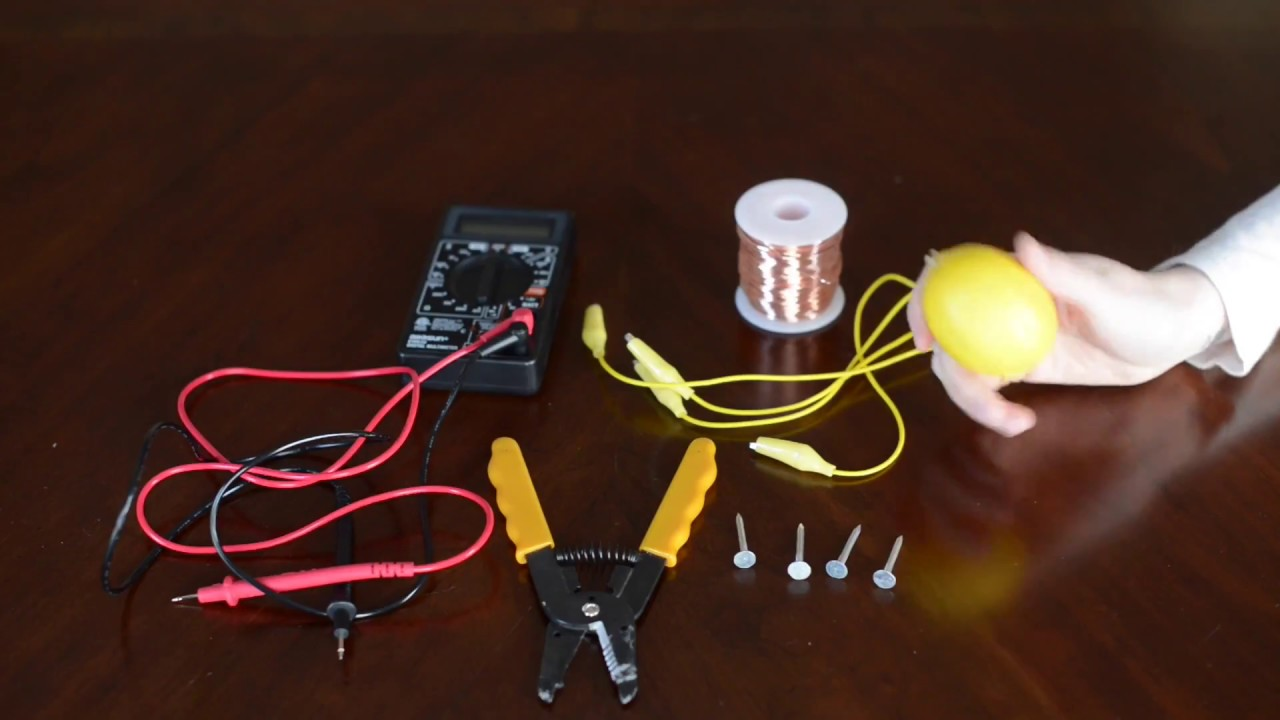Investigating Electricity is an engaging that allows participants to explore the basic principles of electricity through hands-on experiments and investigations. This activity is suitable for various age groups and can be adapted to different levels of complexity. Below is a step-by-step guide for conducting the “Investigating Electricity” activity:
Materials Needed:
- Batteries (for example, AA or AAA batteries)
- Battery holders or battery clips
- Light bulbs (LED bulbs work well for this activity)
- Wires with alligator clips or jumper wires
- Small light bulb holders (optional, for creating simple circuits)
- Various materials for testing conductivity (for example, metal objects, wood, plastic, paper)
- Safety goggles (recommended for eye protection)
- Optional: Voltmeter or multimeter (for more advanced investigations)
Instructions:
- Introduction to Electricity: Start by introducing the concept of electricity and its importance in our daily lives. Discuss the flow of electric current and the role of conductors and insulators.
- Safety Briefing: Before starting any hands-on activities, emphasize the importance of safety when dealing with electricity. Explain how to handle batteries and electrical components safely.
- Simple Circuit: Demonstrate how to create a simple circuit using a battery, a light bulb, and wires. Show how the light bulb lights up when the circuit is complete.
- Conductivity Test: Provide participants with various materials and ask them to predict whether each material will conduct electricity (a conductor) or block it (an insulator). Have them test the conductivity of each material by creating a simple circuit with the battery, wires, and light bulb.
- Experiment with Series and Parallel Circuits: Show participants how to build series and parallel circuits using multiple light bulbs. Discuss how the brightness of the bulbs changes in each configuration.
- Investigate Circuit Components: Introduce different electrical components like switches, resistors, and capacitors. Allow participants to experiment with how these components affect the flow of electricity in a circuit.
- Advanced Exploration (Optional): For more advanced participants, explore concepts such as voltage, current, and resistance using a voltmeter or multimeter to measure electrical quantities in a circuit.
- Reflection and Discussion: Gather all participants for a group discussion. Ask them about their experiences and observations during the activity. Discuss the conductors and insulators they discovered and any unexpected findings.
- Real-World Applications: Conclude the activity by discussing real-world applications of electricity and how understanding basic electrical principles is essential in various industries and technologies.
- Extension Activities: For participants who show keen interest, offer extension activities that involve more complex circuit designs, building electronic gadgets, or exploring renewable energy sources.
The Investigating Electricity activity provides a foundation for understanding electricity and electrical circuits. It encourages critical thinking and hands-on exploration, making it an enjoyable way to introduce participants to the fascinating world of electricity and electronics.
| STEM Concept | Explanation and Application |
| Science Concepts | |
| Electricity | Understanding the basic principles of electricity, including electric circuits and the flow of electric current. |
| Conductors and Insulators | Exploring the concept of conductors (materials that allow electric current to pass through) and insulators (materials that block electric current). |
| Electrical Components | Introducing various electrical components like switches, resistors, and capacitors and their functions. |
| Technology Concepts | |
| Circuit Design | Learning how to design and create simple circuits and more complex configurations using various components. |
| Measurement Tools | Introducing the use of voltmeters or multimeters to measure voltage, current, and resistance in a circuit. |
| Engineering Concepts | |
| Problem-solving | Encouraging participants to solve circuit design challenges and troubleshoot issues in their electrical setups. |
| Innovation | Fostering innovation in designing new circuits or exploring alternative energy sources, such as solar panels. |
| Mathematics Concepts | |
| Measurement | Measuring electrical quantities such as voltage and current using numeric values and units of measurement. |
| Circuit Analysis | Analyzing circuit diagrams and calculating total resistance or current flow in series and parallel circuits. |
| Data Analysis | Recording and analyzing data from experiments, such as brightness levels of light bulbs in different circuits. |
Investigating Electricity activity. Each concept can be further explored and expanded based on the age, understanding, and grade level of the participants. Additionally, this activity can be a starting point for exploring more complex STEM topics related to electrical engineering, circuit design, and advanced mathematical concepts in electrical analysis. The activity allows participants to engage with various STEM principles while learning about electricity and its practical applications.

